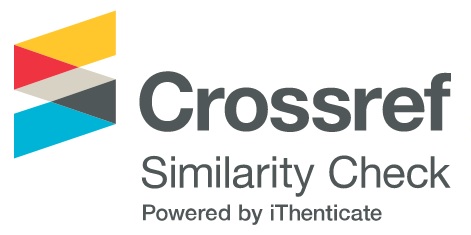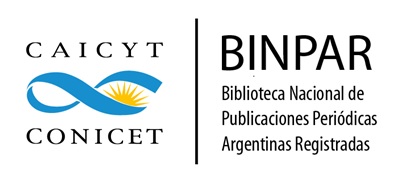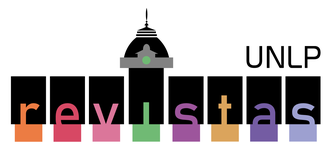The Paths of Exile
Women, Youthicide and Prison in Nayarit, Mexico
DOI:
https://doi.org/10.24215/18524907e078Keywords:
social exclusion, confinement, gender perspective, punitive policiesAbstract
From the perspective of youthicide, this article analyzes the characteristics of social exclusion of women deprived of their liberty, between 18 and 29 years of age, in the Social Reintegration Center «La Esperanza» in Tepic, Nayarit, Mexico. The results show a close relationship between the young-female population deprived of their liberty and the prevalence of a history of social exclusion, specifically adolescent pregnancy, experiences of violence, school dropout, addictions, and informal-precarious work. It concludes that it is urgent to (re)propose strategies for social reintegration and crime prevention from a gender and youth perspective in Nayarit.
Downloads
Metrics
References
Arellano García, C. (16 de julio de 2018). En cárceles, 94% de internos son adictos: CNDH. La Jornada. https://www.jornada.com.mx/2018/07/16/politica/016n2pol
Becerra-Romero, A. (2022). Las formas del juvenicidio en México. Revista Latinoamericana de Ciencias Sociales, Niñez y Juventud, 20(3), 1-23. https://dx.doi.org/10.11600/rlcsnj.20.3.5438
Bonvillani, A. (2022). Juvenicidio: un concepto parido por el dolor. Reflexiones desde una revisión bibliográfica. Revista Latinoamericana de Ciencias Sociales, Niñez y Juventud, 20(3), 1-26. https://doi.org/10.11600/rlcsnj.20.3.5548
Brunet, I. y Pizzi, A. (2013). La delimitación sociológica de la juventud. Ultima década, 21(38), 11-36. https://ultimadecada.uchile.cl/index.php/UD/article/view/56126
Forbes. (13 de diciembre de 2018). 4 de cada 10 jóvenes en México son pobres: Coneval. https://www.forbes.com.mx/4-de-cada-10-jovenes-en-mexico-son-pobres-coneval/
Instituto Mexicano para la Competitividad (IMCO). (2022a). El panorama educativo y laboral de los jóvenes en México. https://imco.org.mx/el-panorama-educativo-y-laboral-de-los-jovenes-en-mexico/
Instituto Mexicano para la Competitividad (IMCO). (26 de abril de 2022b). Los jóvenes sin preparación son más vulnerables en el mercado laboral. https://imco.org.mx/los-jovenes-sin-preparacion-son-mas-vulnerables-en-el-mercado-laboral/
Jiménez, M. (2008). Aproximación teórica de la exclusión social: complejidad e imprecisión del término. Consecuencias para el ámbito educativo. Estudios pedagógicos, 34(1), 173-186. http://revistas.uach.cl/index.php/estped/article/view/3299
Mendoza, H. (2011). Los estudios sobre la juventud en México. Espiral. Estudios sobre Estado y Sociedad, 18(52), 193-224. http://www.espiral.cucsh.udg.mx/index.php/EEES/article/view/922
Moreno, H. y Urteaga, M. (2022). Criminalización y juvenicidio de culturas juveniles asociadas a organizaciones delincuenciales: caso cholombianos. Revista Latinoamericana de Ciencias Sociales, Niñez y Juventud, 20(3), 1-36. https://dx.doi.org/10.11600/rlcsnj.20.3.5637
Lagarde y de los Ríos, M. (2006). Los cautiverios de las mujeres: madresprosas, monjas, putas, presas y locas. Universidad Nacional Autónoma de México (UNAM).
Lozano Cortés, M. (2012). Estudio comparativo de la cárcel en España y México en la actualidad. Estudios sociales (Hermosillo, Son.), 20(40), 99-124.
Organización Mundial de la Salud (OMS) (2020) El embarazo en la adolescencia. https://www.who.int/es/news-room/fact-sheets/detail/adolescent-pregnancy
Pérez-Mendoza, J. S. y Aguilar-Cruz, F. (2017). Movilidad social en México. La educación como indicador de desarrollo y calidad de vida. Opción, 33(84), 664-697. https://produccioncientificaluz.org/index.php/opcion/article/view/23405
Subirats, J. y otros (2004). Pobreza y exclusión social. Un análisis de la realidad española y europea. Fundación La Caixa.
Tello Ibarra, J. (2023a). ¿En qué trabajabas antes de llegar aquí? Antecedentes de la economía informal y trabajo precarizado en mujeres privadas de su libertad, en Nayarit. Inter-Acciones. Revista de Ciencias Sociales y Humanidades, 1(1). https://inter-acciones.uan.mx/index.php/revista/article/view/13
Tello Ibarra, J. (2023b). Juventudes mexicanas en el mundo narco: cavilaciones desde la tensión social en la era digital. Revista de Ciencias Sociales, (179), 13-25. https://doi.org/10.15517/rcs.v0i179.55128
Tezanos, J. F. (2001). La sociedad dividida. Estructuras de clases y desigualdades en las sociedades tecnológicas. Biblioteca Nueva.
UNICEF (2023). Proteger a las niñas y a las adolescentes de cualquier forma de violencia. https://www.unicef.org/mexico/protecci%C3%B3n-la-ni%C3%B1ez-y-adolescencia/proteger-las-ni%C3%B1as-y-las-adolescentes-de-cualquier-forma-de
Valenzuela, J. M. (2015). Juvenicidio. Ayotzinapa y las vidas precarias en América Latina y España. NED, Instituto Tecnológico y de Estudios Superiores de Occidente, El Colegio de la Frontera Norte.
Valenzuela, J. M. (5 de octubre de 2022). Juvenicidio: La precarización de los jóvenes en América Latina [Conferencia]. COMECSO. https://www.comecso.com/5asemana/juvenicidio-la-precarizacion-de-los-jovenes-en-america-latina
Additional Files
Published
How to Cite
Issue
Section
License
Copyright (c) 2023 Jordan Vladimir Tello Ibarra

This work is licensed under a Creative Commons Attribution-NonCommercial-ShareAlike 4.0 International License.
The acceptance of an original by the journal implies the non-exclusive transfer of the patrimonial rights of the authors in favor of the publisher, who allows the reuse, after its edition (postprint), under a Creative Commons License Attribution-NonCommercial-ShareAlike 4.0 International.
According to these terms, the material can be shared (copy and redistribute in any medium or format) and adapted (remix, transform and create another work from the material), provided that a) the authorship and the original source of their publication (magazine and URL of the work) are cited, b) is not used for commercial purposes and c) the same terms of the license are maintained.
The assignment of non-exclusive rights implies that after postprint in Revista Argentina de Estudios de Juventud authors may publish their work in any language, media and format; in that case, it is requested that they signal that the material was originally published by this journal.
Assignment also entails the authors’ authorization for the work to be collected by SEDICI, the institutional repository of the Universidad Nacional de La Plata, and for it to be indexed in the databases that the publisher thinks appropriate for enhancing the visibility of the published work and its authors.
In addition, the journal encourages authors to submit their works to other institutional and thematic repositories after their publication in Revista Argentina de Estudios de Juventud, under the assumption that offering society unrestricted access to scientific and academic production contributes to a greater exchange in global knowledge.

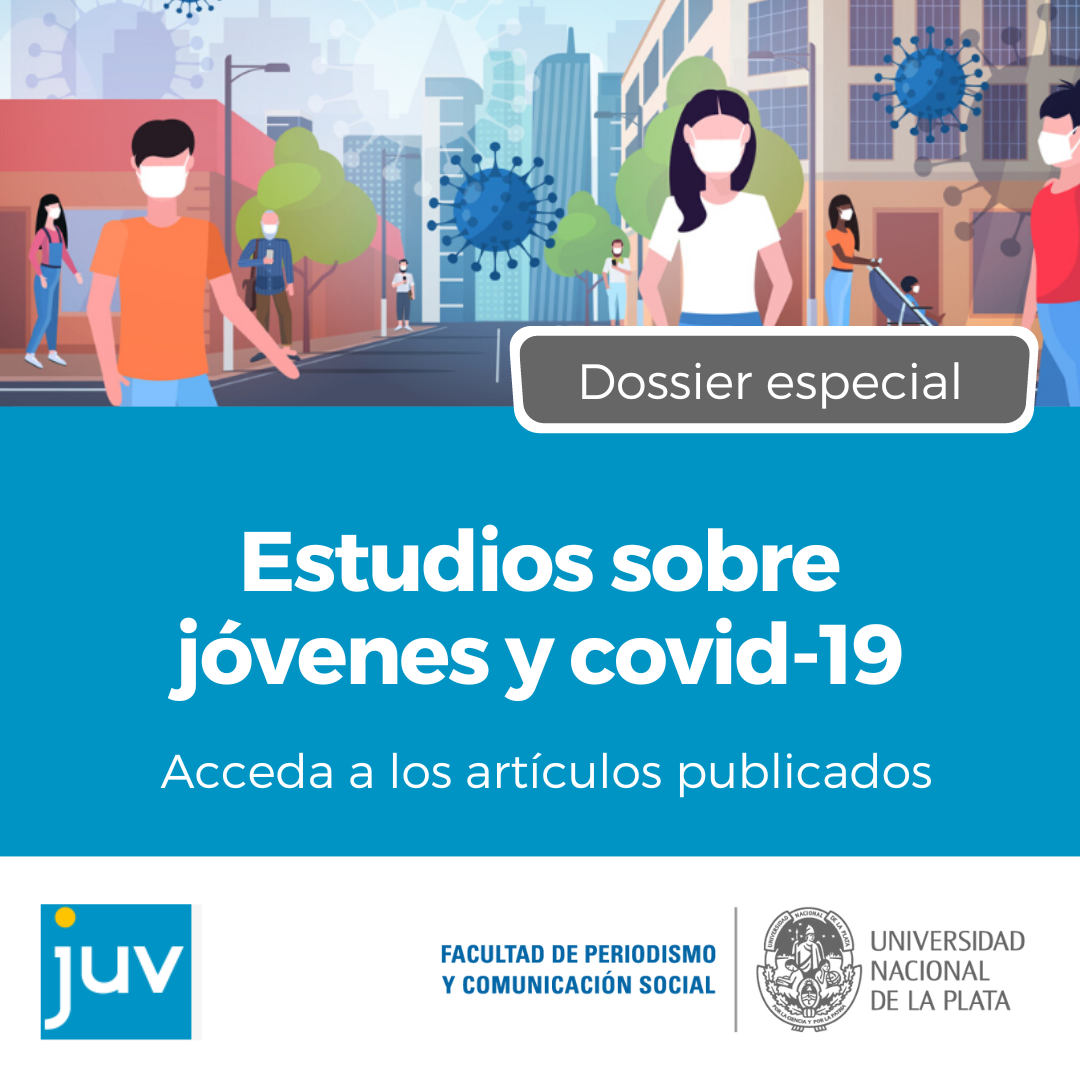







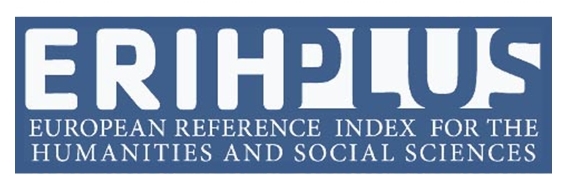



.png)














